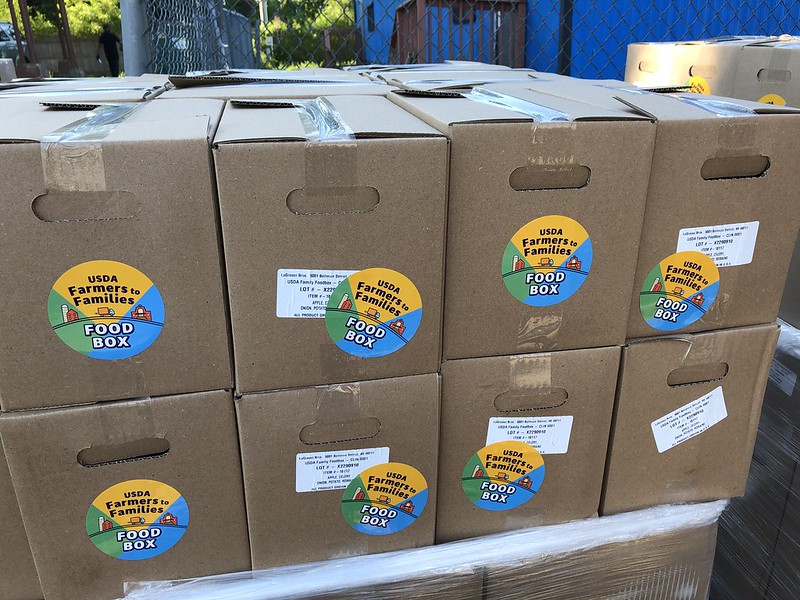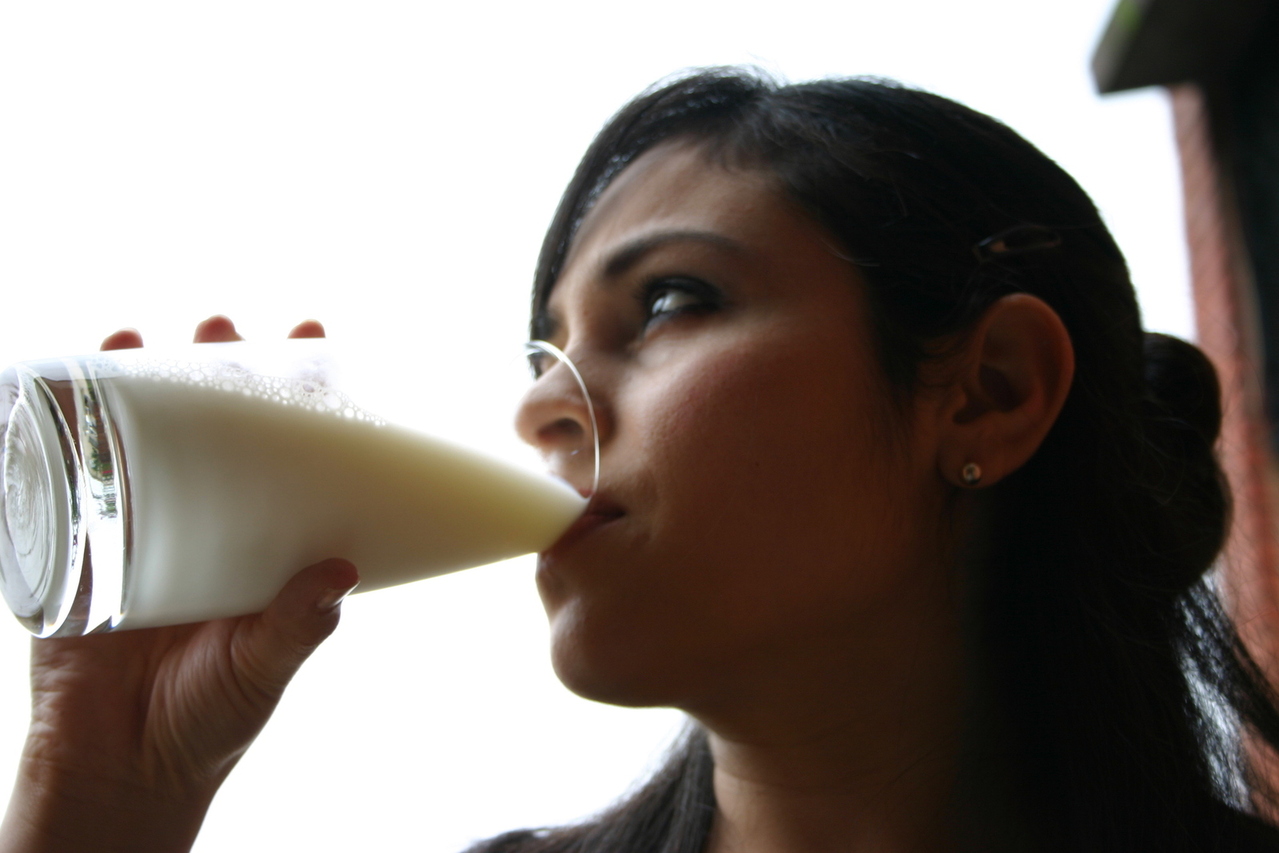Merve Ciplak is a law student at Harvard Law School and former clinical student of the Food Law & Policy Clinic, where she worked on the report linked below. She is guest contributor on this blog.
This post accompanies the release of the report, An Evaluation of the Farmers to Families Food Box Program. An executive summary is available here.
The COVID-19 pandemic has posed challenges in all facets of society. Members of our communities are having a hard time affording, accessing, and purchasing food with disruptions in work and incomes. Retail businesses are struggling to stay afloat due to restrictions on operations and changing consumer behaviors. For farms and other food producers, it’s challenging to find markets to sell their products and sustain themselves in a world where restaurants face restrictions and people have less discretionary income.
The USDA introduced the Farmers to Families Food Box Program (“the Program”) in April 2020 to facilitate the provision of food from farms that are struggling to find a market for their produce and putting it in the hands of consumers most in need, thus ideally enabling betterment across the entire food journey. As of December 2020, the Program had gone through four different iterations to date (referred to by the USDA as “Rounds”) and has facilitated the disbursement of over 120 million boxes of food with total government funding of over four billion dollars. [Ed., at the time of this blogs release, USDA is on the 5th round of contracts.]
However, the Program suffers from being at a crossroads of conflicting demands and priorities, the downside of trying to serve so many different constituencies with varying needs. The Program was initially launched with a key goal of supporting farmers and preventing horrifying scenes of milk being poured on the ground and fresh vegetables being left to rot, and therefore aimed to get as many producers and farmers involved as possible in Round One. By Round Three, however, USDA had shifted the focus of the Program to getting as much food to as many food-insecure households as possible. In line with this repurposing, USDA’s official statements cited the number of boxes delivered as the primary measure of success. In the solicitation materials outlining the criteria in evaluating bids, USDA introduced the concept of “lowest priced, technically acceptable” as the basis for award, which previously had not been a catch-all, hard-and-fast rule.
But where does this leave the small and local farms that the Program initially wanted to lend a hand to? In our food economy, where we have huge, national food producers that have reached the pinnacle of price optimization and economies of scale, they get shunted aside. In a price war between the local farm that primarily makes its income selling at your neighborhood farmers’ market and national producers that have longstanding, cost-effective contracts and optimized production for giant multinationals like Sysco, the local farm has a slim chance. It’s nearly impossible for these farms and the smaller distributors they partner with, who are the primary contractors that put the bids together, to compete with the national distributors and their partner producers by offering up a price-competitive bid that would ensure minimal trade-offs of quantity.
To date, there does not appear to be definitive, quantifiable evidence of the above claim because USDA does not require any of the contractors to declare who the producers they are procuring the food for the food boxes from are. This decreases transparency and accountability of the program in realizing the requirement of supporting small farms and local food production. However, small farms, non-profits, and former contractors of the program that we spoke with have stated that small farms that used to be in the program in the initial Rounds no longer are, and are being replaced by large producers in partnership with larger distributors that are now being awarded contracts. These small and local farms that were formerly part of the Program not only lost their contracts, but are now left with an increased surplus of food that they had planted at the beginning of the Program to sustain their involvement. We’ve come full circle to the original problem the Program was trying to solve when it was first designed.
The Farmers to Families Food Box Program has struggled to balance competing goals and stakeholder interests. For small and local farmers who have seen what the Program used to be, it looks very much like they have lost the tug-of-war. Yet it’s very difficult to offer up a solution that can effectively address well-being on the other side, with consumers receiving sufficient food to meet the moment. While the program may not last long past COVID-19, there’s much to be thought through in the future regarding balancing competing needs in our food systems and the aid we design and provide.
The views and opinions expressed on the FBLE Blog are those of the authors and do not necessarily reflect the official policy or position of FBLE. While we review posts for accuracy, we cannot guarantee the reliability and completeness of any legal analysis presented; posts on this Blog do not constitute legal advice. If you discover an error, please reach out to contact@farmbilllaw.org.


